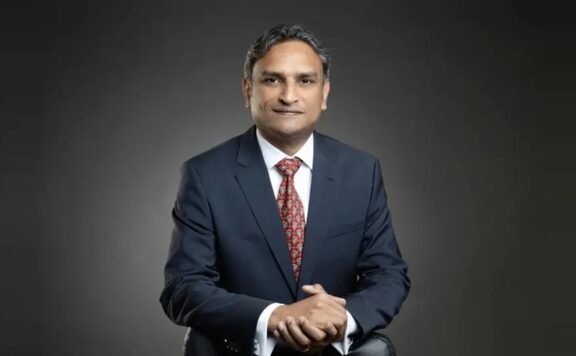Maseeh Ahmed, the CEO and Chief Thinker for Omnia Pay, speaks to Review Central about the mobile payments infrastructure in the region, the preferred mode of payment in the region and the opportunities new payment technologies can bring along
What is the state of mobile payments infrastructure in the Middle East?
Looking specifically at Omnia’s core line of business, mobile point of sale (mPOS), the Middle East is currently under serviced compared to the rest of the world. There are limited deployments in the retail sector. mPOS deployments are currently live in around 46 countries globally with the US having the lion’s share.
It is predicted that the global installed base of mPOS devices will increase four-fold to just over 54 million units at a 32% compound annual growth rate in 2019 from the current 13 million devices in market today.
Are customers in this region comfortable with performing mobile payment transactions?
Customer tend to be loyal to the traditional payments methods and in particular, in this region, cash is king with 80% of the population unbanked (Central Bank March 2017) and more than AED 65 billion cash in circulation. However, the introduction of any new technology is still at the education stage.
Merchants need to ensure their sales staff are well trained to be able to clearly explain to customers the mobile payment transaction process and its benefits. Consumers, especially the super-connected Millennials, are open to new technologies and are adept at using mobile devices. In the UAE, there are around 20 million mobile phones, which equates to 2 mobile phones per person.
Are mobile transaction terminals widely deployed around the region?
Mobile point of sale devices are slowly being introduced as a means of transaction payment within the major retailers segment and also in the card-on-delivery segment. We recently announced our partnership with Mashreq Bank to deploy mPOS solutions across Landmark’s Home Centre outlets in Middle East, North Africa and India. We are working with several others to ensure that retailers are geared to provide payment solutions to the growing adoption of the omni-channel retail systems across the region.
What factors are driving the increased adoption of mobile payments across the region?
End users expect convenience and high levels of service, so the adoption of smarter payment methods is a natural next step in the evolution of customer transactions. From the merchants’ point of view, cash is expensive to handle so they need to invest and work smarter to encourage cashless transactions.
There is also the benefit to the merchants of better serving their customers by engaging with them from the start of the sales transaction process and addressing any lost sales through customer walk outs due to long wait times in queues or lack of personal service.
Many smartphone vendors have started integrating AI assistants into their devices that can learn over time what sort of products and services users are interested in. How convenient is this solution? Are there are any challenges involved with use of AI assistants right now?
Mobile payment transactions should not simply be about the payment of goods or services but also about the gathering of consumer behaviour and preference data. Data is and will be, more so in the future, a very valuable commodity that merchants can use to gain advantage over their competitors. Customer data will allow merchants to improve their service offerings and tailor offers and promotions to their valuable customers to build loyalty.
Security is one of the major factors that might discourage a user from using mobile payment as a payment option. What according to you needs to be done to encourage more people to use mobile payments as possibly their primary way of making payments?
Omnia provides an end to end payment solution that is rigorously certified by the UAE banking industry. Omnia is already certified by the major card payment schemes. It is a question of educating and perhaps rewarding the end user to use this method of payment. As mPOS payment devices become more visible in the marketplace consumers will become more accustomed to using and trusting them.
How are innovations in mobile technology driving the sharing economy in 2017?
The sharing economy is estimated to grow from $14 billion in 2014 to $335 billion by 2025. Mobile payments are about interoperability, agility and convenience. As the sharing economy further develops, there will be a requirement for more seamless, flexible payment methods.






